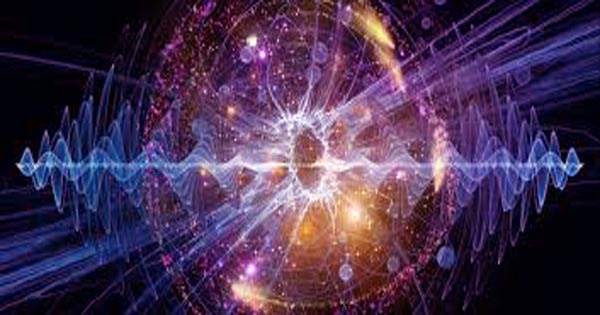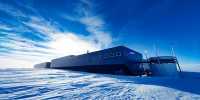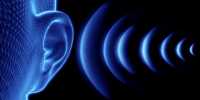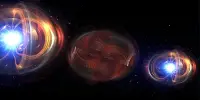Researchers have only shown that the effect of quantum on the macroscopic world is measurable even in human-sized objects. The effects and phenomena of quantum mechanics are on a much smaller scale than what we perceive with our senses, but that does not mean that they are not there.
The researchers measured the speed of the 40-kilogram (88-pound) mirror because of the effect of a laser inside the LIGO of the gravitational wave observatory, as reported in Nature.
The word “kicks” from quantum fluctuations is a tiny fraction of an atom in a mirror, 1 billion times smaller than a thumbnail or 10-20 meters. This is the first time we have measured this effect for a macroscopic object.
Lee McCuller, a research scientist at MIT’s Kavli Institute for Astrophysics and Space Research, said in a statement, “A hydrogen atom is 10-10 meters, so this displacement of the mirrors is closer to the hydrogen atom than the hydrogen atom is to us – and we’ve measured it.”
What the team has measured is the quantum correlation between laser mirrors and photons particles of light. Photons have no mass but they carry a motion, which is why we can employ them to observe solar. This motion is transferred to the mirror.
There is a strange little phenomenon in quantum mechanics known as Heisenberg’s principle of uncertainty. As much as you know the position of an object exactly, you know exactly its speed and vice versa.
MIT physics graduate student lead author Haocun Yu explained the goal of this work is to “run the detector’s quantum noise and reduce its kicks in the mirror, in a way that could ultimately improve the sensitivity of LIGOs in detecting gravitational waves.” There are special ways to avoid limits and reduce quantum noise a bit and they demonstrate this in this work. There is quantum sound but it is less than expected.
To detect gravitational waves, it is very important to know the position of the mirror regularly and well. This is how you show when things are moved from place to place. But the action of photons adds this speed and confuses things. It creates quantum sound, a limitation of accuracy that it can perform detection work.
The two LIGO inventors are laser interferometers. These are L-shaped, each arm extending up to 4 kilometers (2.5 miles). A laser splits and each arm is shot, where it closes a mirror at the end. When it comes back, the laser is put together again. If the path lengths of the two lasers are different, for example, due to the effect of space-time distortion, a gravitational wave has passed through the detector.
There is a lot of uncertainty as instruments have a much smaller speed than atoms, and so scientists were very careful to reduce the number of sources of noise. With this, they are also reducing the effect of quantum sound.
We are also being pushed by this quantum fluctuation by kicking every nanosecond of our existence. The effort of our existence to fluctuate our quantum vacuum can measure our speed by a very large amount of our thermal energy. Senior author Nergis Mavalvala, the Marble Professor and associate head of the physics department at MIT said, “Especially about this experiment we have seen a quantum effect on something larger as a human being.”
“With LIGO’s Mirror, we’ve done all this to differentiate them from thermal-powered motion and other forces, so that they’re still enough to quantum ups and downs and be kicked by this spooky popcorn in the universe.”















